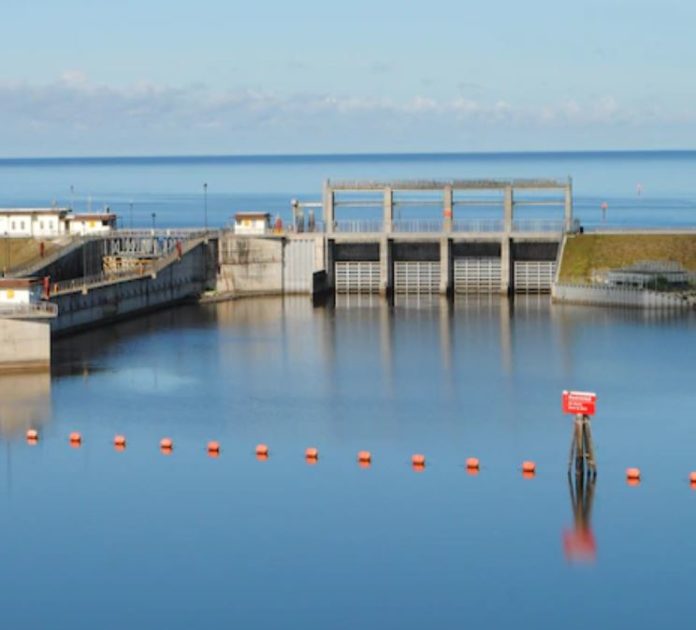The Army Corps of Engineers is in the final phase of evaluating modeling data used to support the new Lake Okeechobee System Operating Manual. This Tuesday the Corps will hold another meeting and present the model that will be used as the basis for LOSOM for the next 10 years.
A lot is riding on this final decision for all of Southwest Florida. The new plan will determine the volume and timing of freshwater discharges to the Caloosahatchee and St. Lucie estuaries and The Everglades. With the red-tide year of 2018 still fresh on everyone’s mind there’s been a lot of local participation and input in this process.
The Corps evaluated more than 240,000 new model runs during the latest phase of the process. They selected eight plans that will be evaluated further in the next step of the process. SCCF and Conservancy of Southwest Florida Hydrological Modeler Paul Julian said all eight plans selected by the Corps represent an improvement for the Caloosahatchee.

SCCF Environmental Policy Director James Evans also said he was very pleased with the outcome of the Corps’ optimization process. “They heard the west coast stakeholders loud and clear and took to heart our pleas for balancing the needs of the entire water management system.”
Based on SCCF’s modeling analysis, each of the plans increase the time that flows to the Caloosahatchee are within the optimal flow range and would reduce stressful and damaging discharges to the estuary and coast. The plans cap freshwater flows to the Caloosahatchee, measured at the Franklin Lock (S-79), within the optimal flow range in the operational band of the lake schedule. SCCF says that this is an important departure from the current lake regulation schedule (LORS08) and was one of the West Coast stakeholders’ key recommendations. The plans would also limit flows to the St. Lucie in the operational band to 0 cubic feet per second. However, these plans will not eliminate all the damaging discharges to the estuaries.
SCCF also concludes that because of the way the lake would be managed under the new plans, the Caloosahatchee and St. Lucie could see an increase in the frequency of our most damaging flows, but they would be limited to hurricanes and other extreme weather patterns. The Comprehensive Everglades Restoration Plan (CERP) projects like the Everglades Agricultural Area reservoir and the Central Everglades Planning Project are critical to further reducing future damaging discharges to the estuaries.
The next step in the Corps’ process will be to further evaluate the eight model runs. SCCF’s scientists have evaluated the model runs and have recommended two plans that perform best for the Caloosahatchee.

